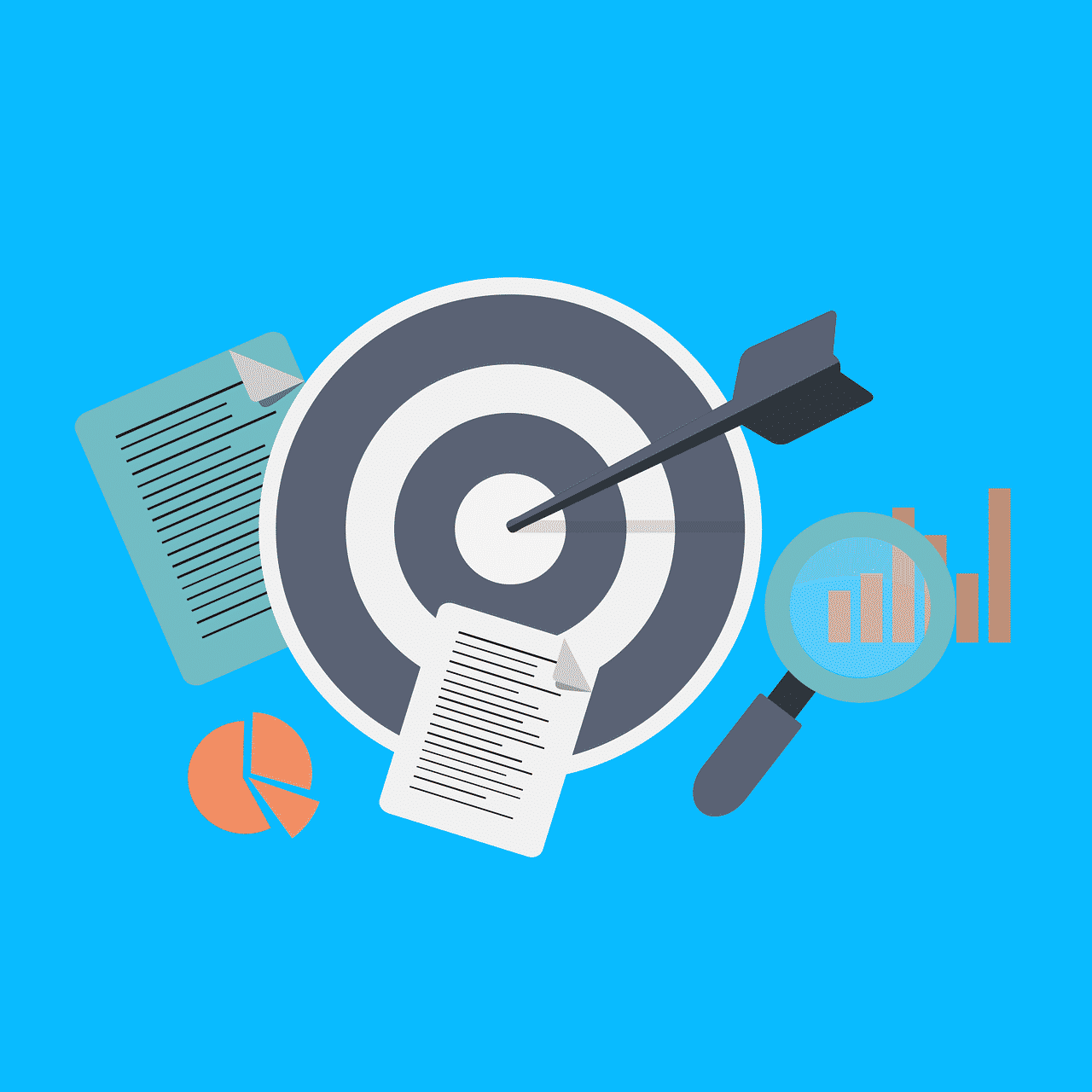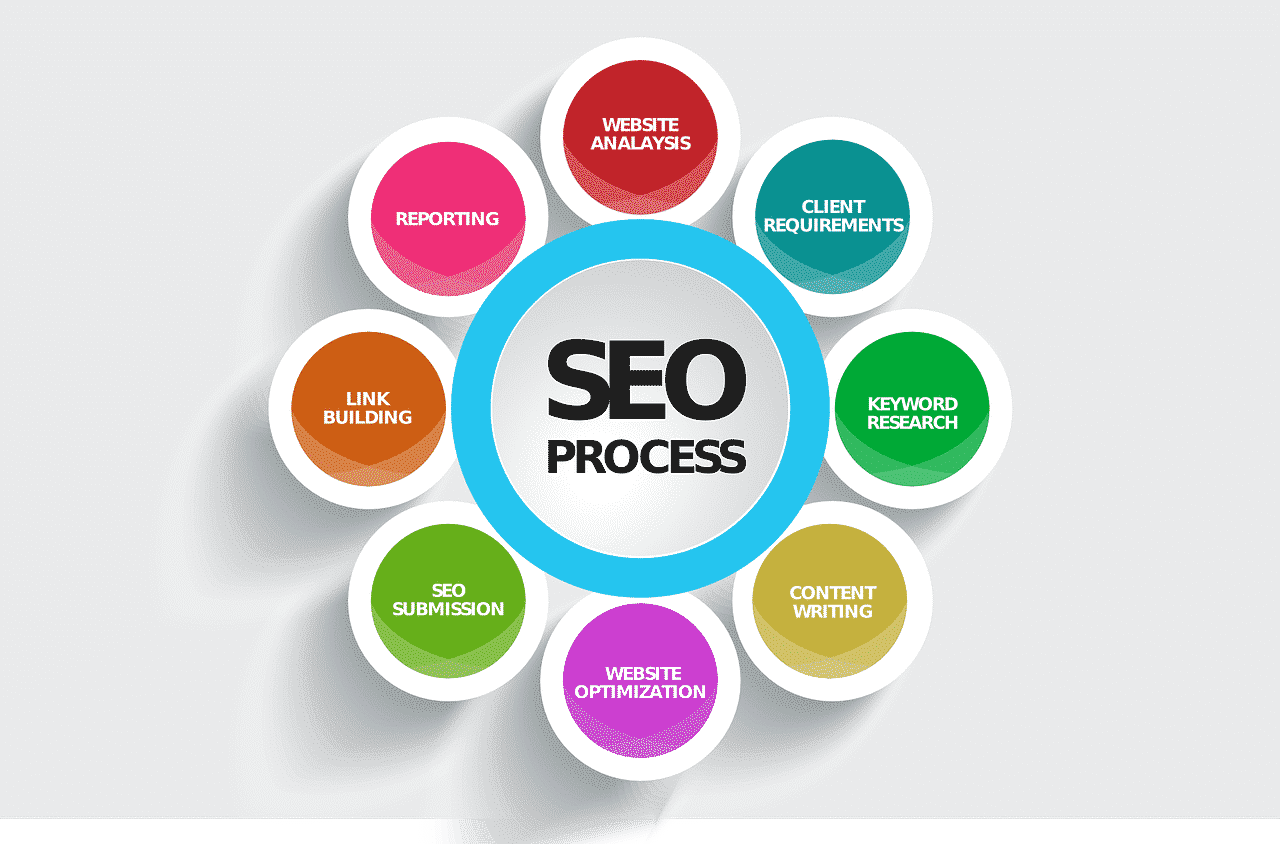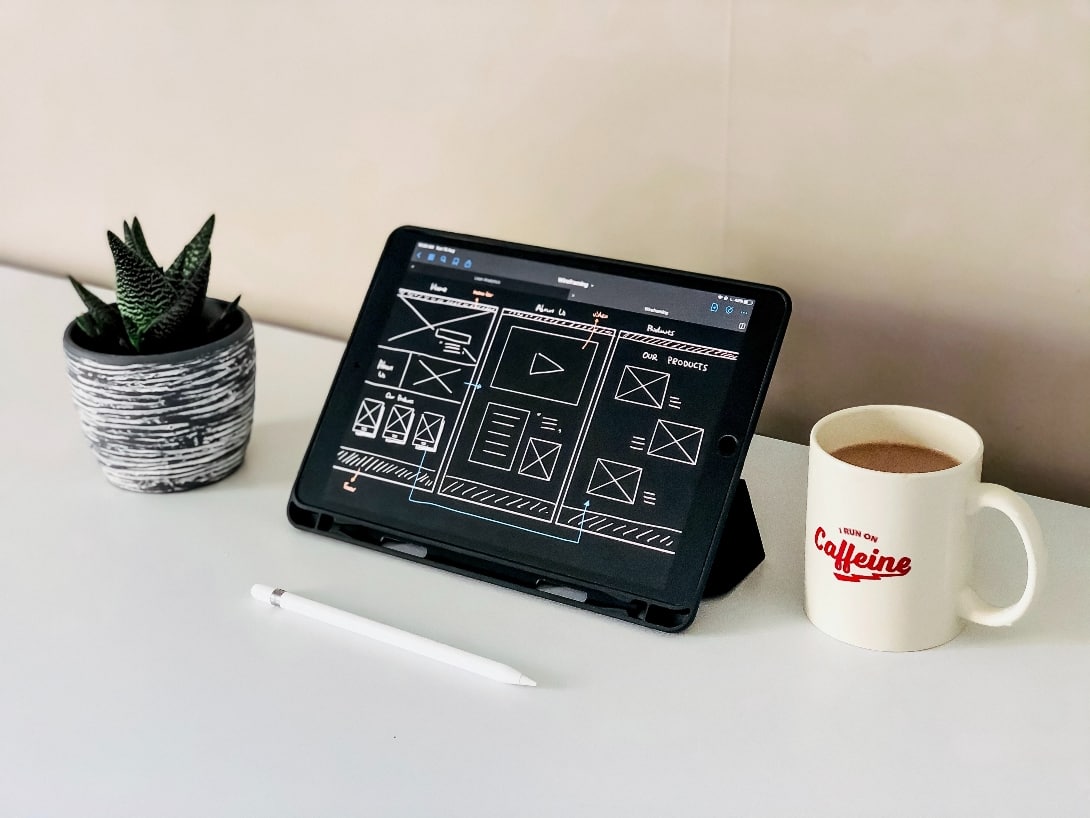This article has been contributed by Utkarsh Tiwari.
Some jobs are put on hold during a busy year – especially one that brings a pandemic with it. For many business owners, this may have included redesigning their website in 2020.

The website that was shiny and bright and looked exactly the way you wanted it a few years ago is probably not feeling as impressive anymore.
Undertaking a website redesign project requires a strong commitment of time as well as money, which makes it easy to find excuses for not doing it.
But there are a few compelling reasons to crush those excuses and move forward in 2022 with a website overhaul.
5 Signs You Need A Website Redesign
Any website owner should periodically review their site design to look for opportunities for improvements. But here are 5 surefire signs that you need to redesign your site altogether.
1. It’s Been Years Since You Changed Your Website
Best practices in web design constantly change. Just because your website was intuitive to visitors five years ago doesn’t mean it is today.
And if you haven’t done a complete update in a few years, chances are you are missing out on opportunities to get the most out of your website based on current SEO trends, research, UX developments, and new technologies.
If your last website design project was several years ago, you should at least do a thorough review to determine if your website currently meets the needs of your audience or could benefit from a redesign.
2. Your Site Metrics Are Consistently Bad
If your page views, time on page and conversion numbers have been poor for a while, even after attempts to optimize, then it’s likely time to overhaul your site.
If you’re not getting enough traffic to meet targets, you should both analyze your online marketing and look for ways to strengthen your website.
Redesigning your website is an opportunity to analyze your website’s competitors and spot missed SEO opportunities, with the aim of creating a version that will perform better in search and attract more visitors.
If you are lucky enough to be getting decent traffic, but visitors click away immediately and never come back, you’ve still got a problem. A good website is designed to make visitors stay, click on additional pages, and come back to see more.
You’ll need to reconsider your site strategy and look for ways to redesign it to generate longer, repeat visits with useful content and compelling calls to action (CTAs).
3. Your Website is Not Mobile Friendly
One of the main sins of web design in 2022 is having a website that is inconvenient or difficult to use on mobile devices.
Too many people are browsing on mobile devices today for you to get away with having a bad mobile experience. If your website is difficult to use on a small screen, visitors will click away, and search engines won’t promote you in the rankings.
This point is probably more urgent than anything else on this list. If your website is not mobile-friendly, a website redesign project is imperative.
4. Your Business Strategy Has Changed
For businesses, a new year means revisiting your business plan and determining if your overall strategy and goals need to change. Every time your business embarks on a new strategy – crafting a new unique selling proposition (USP), launching a new product, deciding to target a new audience, etc – you need to consider whether your website will keep up.
5. You’re Tired Of Your Website
This can be a sufficient reason in itself. If you are no longer happy with the site you have, maybe you want different colors, the design looks outdated, or you’ve recently discovered a few sites that look more appealing to you, that can be a good enough reason. to change your site to better match what you really want. Just make sure it’s something your target market will want too.
Redesign Your Website in 10 Steps
When approaching a website redesign, you can reduce a lot of guesswork and mitigate the many risks involved by spending time on quality research and planning.
Here’s a ten-step checklist to help you redesign your website successfully.
1. Clarify Your Goals
Before you start tweaking the details of your website design, define what you want to accomplish. Each website will have broad goals, such as generating sales or developing an engaged community.
Additionally, you can have a number of smaller goals that will help you achieve your primary goals, like increasing traffic or getting people to sign up to your email list.
Make a list of the main goals that your website needs to achieve and prioritize each of them so you know what to focus on when redesigning your website.
Where possible, assign specific metrics to each goal to better measure your success once your new website is up and running.
2. Analyze Your Website Settings
Analyze your website to clearly understand what works and what doesn’t. Your analysis will enable you to identify your audience, how they find your site, and what they do once there.
Look for trends in data that suggest the types of topics, CTAs, and design elements your audience is responding to. And confirm that the audience you are attracting now is the audience you want to reach.
Otherwise, your website and marketing may need to take a different approach to reach the right people.
3. Develop a Buyer Persona
It doesn’t matter how much you like your website if it’s not attracting your business’s target audience.
In order for your website to work for the people it is intended for, every design decision must put them first.
A buyer persona is a basic description of the type of person you want to reach the most – the person that your product or service is made to meet the needs of. It typically includes demographics, a description of their motivations, interests and online behavior, and notes on their common questions and issues. Most importantly, it needs to include the benefits they seek from your brand.
A buyer persona allows you to imagine the person for whom you are building your website. This makes it easier to get into their head and make sure that you put their experience at the center of your approach to design.
4. Do Keyword Research
Keyword research is both a crucial step in optimizing your website for search engines and a useful way to find out what your audience is looking for and the language they use most often.
For the optimization of your site for natural referencing, choose a relevant main keyword for each page of your site, as well as some secondary keywords. Ensure each of your pages has a different focus keyword so they don’t compete with each other. Include keywords in the body text URL, headings, and image alt text of your webpages, but always naturally – don’t try to force them.
There are many keyword research tools available to help you identify the best keywords for each of the main pages of your website, and many of them are free.
If you are content marketing, keyword research is also a great resource for finding topics that interest your audience.
5. Do a Content and SEO Audit
A successful website redesign doesn’t require starting from scratch: you can still use a lot of the pages you already have, but look for ways to improve them.
A thorough SEO and content audit will reveal the possibilities to improve the content you already have on your website and achieve better results.
While reviewing your current website, look for:
- web pages that don’t have a clear CTA, or have CTAs that don’t get results
- possibilities to improve the structure of your site so that it’s more intuitive for users thanks to more useful categories or a clearer menu
- successful content that can be reused in different formats
- successful content that can be updated to better entice visitors to take the actions you want
- poor performing content that can be improved for better results
- broken links or other issues contributing to high bounce rates, such as 404 errors
- content that no longer matches your goals.
While your content may not have much to do with the visual design of your website, incorporating it into your redesign plan will allow you to ensure that your new design supports your content – an essential feature of a solid design.
6. Develop a Style Guide
A style guide is a useful tool for clarifying the overall look you want to give your website.
If several people are involved in your site redesign, everyone can use the style guide to get on the same page when it comes to the main design elements of the site. Even if your website redesign is done by one person, it’s easier to ensure that each web page communicates a consistent visual brand.
Your brand style guidelines don’t have to be complicated. They can be as simple as defining your color scheme, choosing your typography, and discussing the formatting choices.
You can also include choices about which images to use, which button colors and styles to use, and which icons to use (and not to use). Whatever your decision, a simple graphic charter will serve as a practical reference to help you achieve visual consistency throughout the site.
7. Find the Right Website Designer or Builder
Once you have your basic research and strategy in place, the next step is to decide how you are going to build your new website. Your two main options are to build your website yourself or hire a web design specialist or agency.
8. Think UX
UX is the term used to describe a design that centers on the user experience. In other words, it’s about thinking about how your visitors are going to interact with your website.
For example, if a significant number of your visitors come to the site looking for children’s products, be sure to place a link to the “Kids” category of your website in a prominent location so that people can easily find what they’re looking for.
Other factors that influence UX include making sure your text and buttons are in colors that are pleasing to the eye, that your fonts are easy to read, and that your links are sized well for people who use a mobile phone (responsive design).
Before you jump into designing your new website, review it for any factors that might make it difficult or confusing for your visitors to take the actions you want them to take.
9. Focus on the Mobile Experience
In 2022, a mobile-friendly website is a basic requirement (you can’t ignore it). When considering the options for building your website, check to see if they offer suitable templates that make it easy to build a mobile-friendly website. Or, when interviewing designers, ask for their experience in building responsive websites.
Check how all your design elements appear and work on mobile devices. A button or a link that is too small can render a website unusable on a mobile even though it seems to work well on desktop.
You can no longer think of mobile as an afterthought, it has to be your focus throughout the website redesign process.
10. Perform User Tests
When you’ve finally checked off all the other items on this list and your website looks finished, don’t publish it right away. You will never be able to see your website from your target audience’s viewpoint after spending so much time and effort redesigning it.
Find customers or friends to help you test your site. Using a website prototype, have them perform a few main actions, such as making a purchase, filling out a form, or navigating to a particular product.
Encourage them to do this on different types of devices and in different browsers. And write down anything they have a problem with, so you know what changes to make before uploading.
Launch your new website
Once you’ve ticked off the ten steps, your new and improved website is ready for the public. Publish it live, and ensure it is indexed by search engines (using Google Search Console, etc).
But don’t assume that a redesign of your website will immediately result in your objectives being met. Track specific metrics based on your stated goals to see what works, and keep making small design changes as you go based on what the data tells you.
A site redesign is a great way to move your website forward in 2022 and beyond, but when it comes to site maintenance and content creation, your job is never entirely done.
_
About the author: Utkarsh Tiwari is the founder of Esite Bucket, a leading software company providing web development solutions internationally, including the US and Canada.




